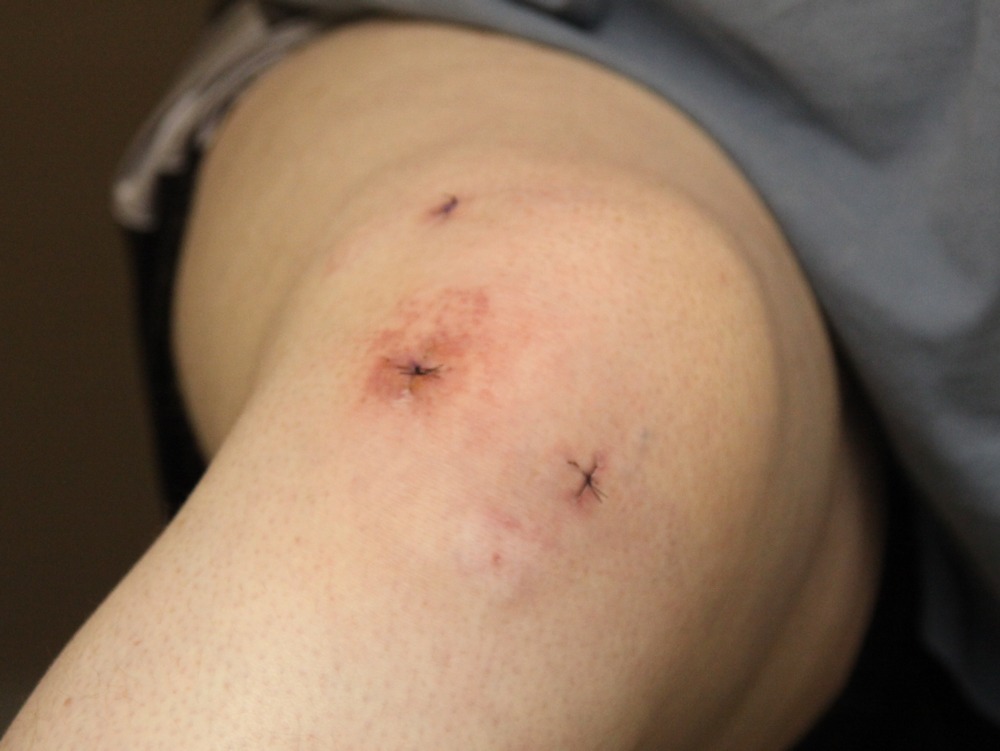
Arthroscopic surgery, a technique that can diagnose and treat problems in the knee joint, was found to be more effective than MRI in evaluating chondral injuries by researchers from the Rothman Institute, La Jolla, California.
Chondral injuries are problems in the cartilage that links human bones which may occur as a result of a pivot or twist on a bent knee – a common source of pain in athletes.
The main method to diagnose and stage these injuries is through MRI, which has a specificity of 73% and sensitivity of 42%.
Although MRI is non-invasive and less expensive, using arthroscopy to examine the degree of the injury is a more accurate way to monitor the knee prior to surgery.
Dr Hytham Salem, the lead researcher at the Rothman Institute, said: “Based on our review, a change in treatment plan was made in 47% of cases in which staging arthroscopy was used to evaluate articular cartilage surfaces.”
What is arthroscopic knee surgery and how is it performed on patients?
Arthroscopy is performed after a standard sterile skin preparation and involves injecting anesthetic within the knee joint – the largest in the body and considered as one of the most complex – and a procedure often performed while patients are awake and alert.
According to the research paper Pathology and Intervention in Musculoskeletal Rehabilitation published on an open-access journal Science Direct, although invasive, arthroscopy is a relatively low-risk procedure, it has a complication rate of less than 1% and an infection rate of approximately 0.1%.
It requires a surgeon to insert a small camera, called an arthroscope, into the patient’s knee joint to display pictures on a video monitor that is used to guide miniature surgical instruments.
The doctors reviewed 98 patients who had autologous chondrocyte implantation (ACI) for the treatment of full thickness cartilage defects, osteochondral allograft transplantation (OCA), to treat cartilage injuries that expose underlying bone.
And also patients who underwent a meniscus allograft transplantation (MAT), a replacement of the damaged knee meniscus with donor cartilage.
Dr Salem said: “The results of our study indicate that staging arthroscopy is an important step in determining the most appropriate treatment plan for chondral defects prior to OCA, ACI and MAT.
“Addressing all knees’ pathology can be important for the success of cartilage restoration surgery, and treatment plans may change based on the extent and location of cartilage damage.”
The findings were presented today at the American Orthopedic Society of Sports Medicine Annual Meeting that promotes emerging research to advance the science and practice of sports medicine.






